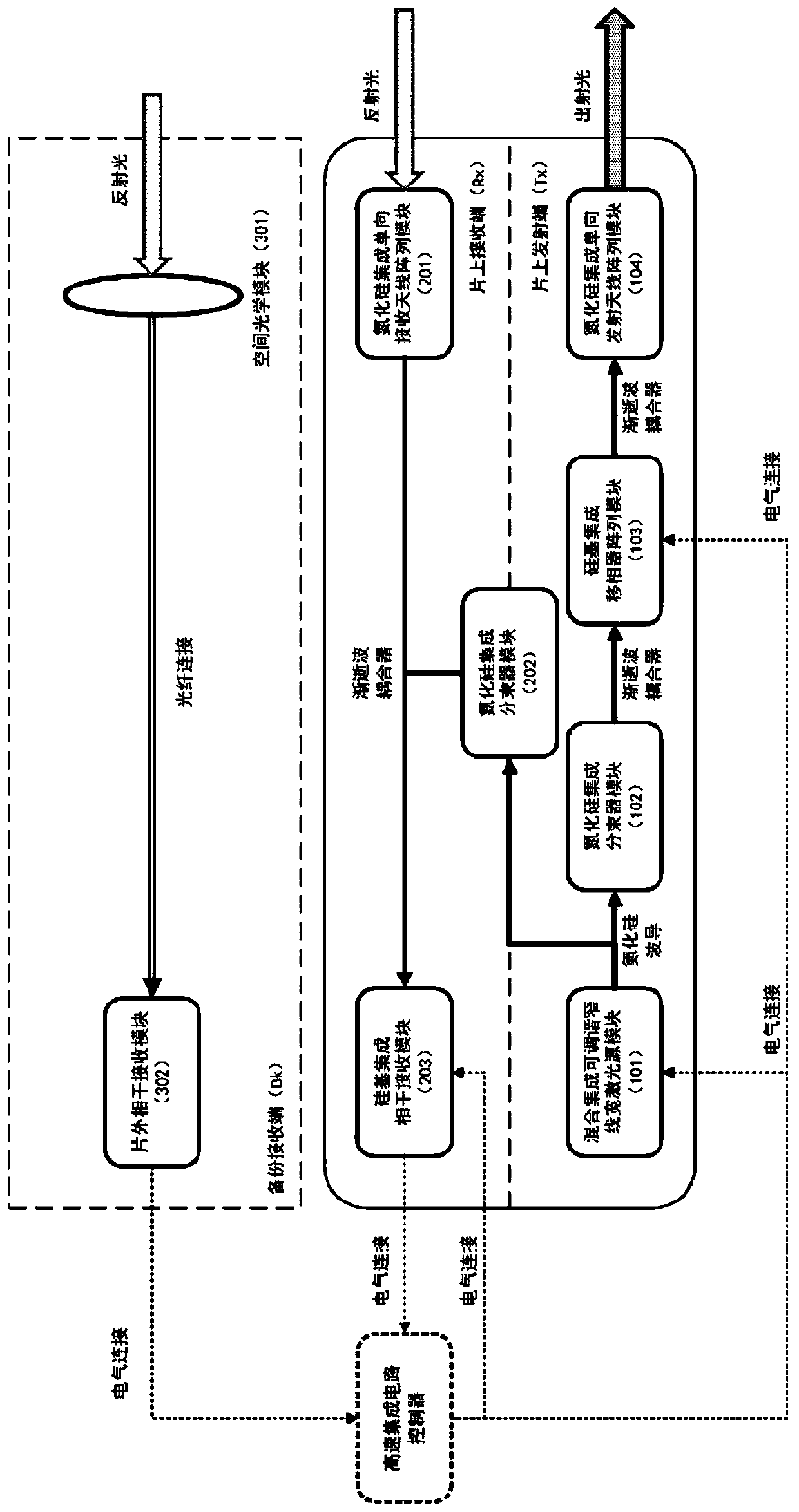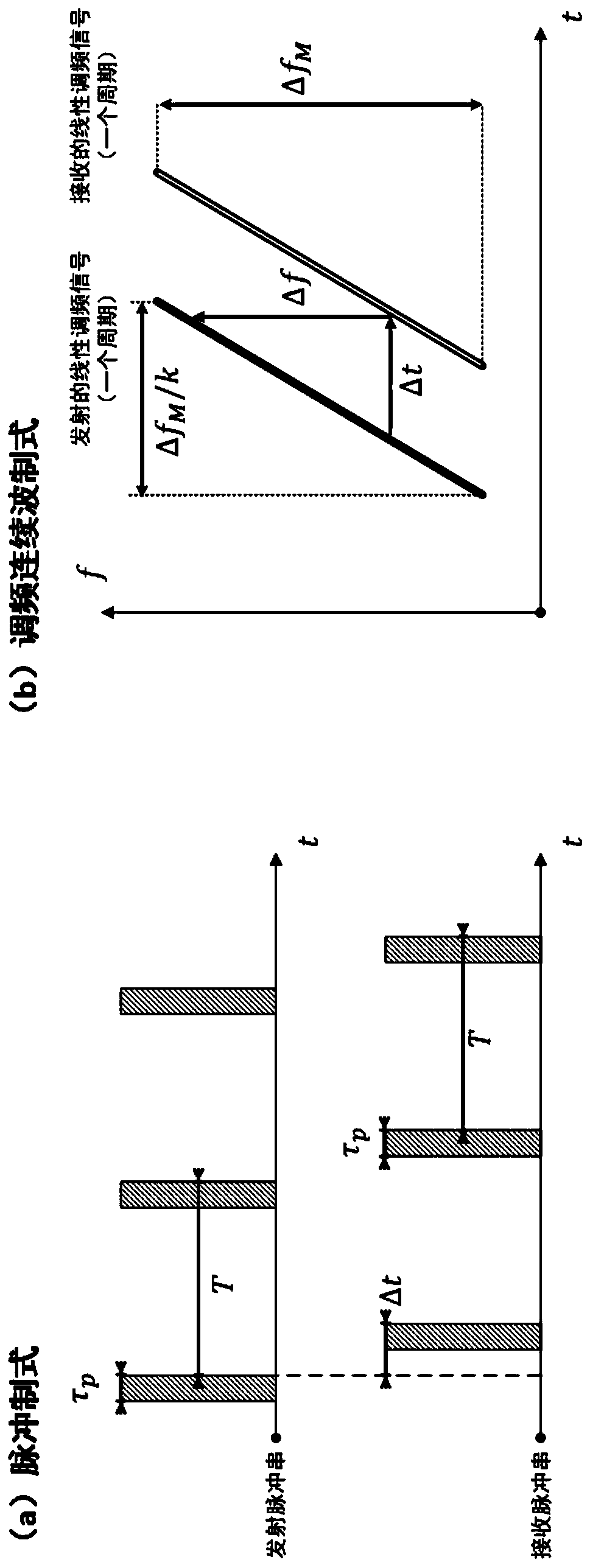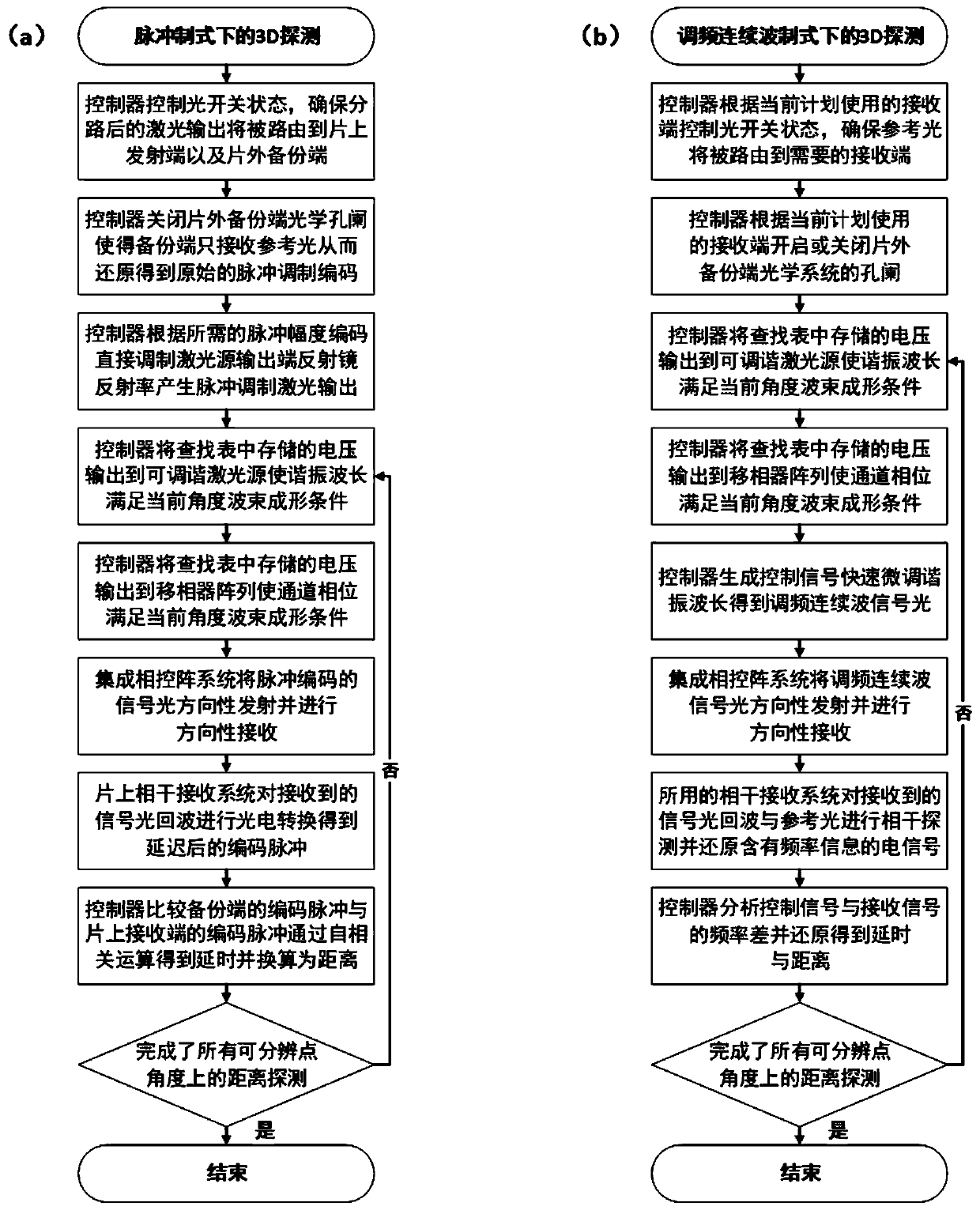Silicon-based hybrid integration laser radar chip system
A hybrid integration, chip system technology, applied in the field of photoelectric detection, can solve the problems of complexity, large device size and bending radius, wide distribution of waveguide modes, etc., to achieve high thermal stability of gain, reduced chip cost, and reduced transceiver loss. Effect
- Summary
- Abstract
- Description
- Claims
- Application Information
AI Technical Summary
Problems solved by technology
Method used
Image
Examples
Embodiment Construction
[0048] In order to further clarify the purpose, technical solution and core advantages of this solution, the present invention will be further described in detail below in conjunction with the accompanying drawings and embodiments. Please note that the following specific examples are for illustrative purposes only, and are not intended to limit the present invention. At the same time, as long as the technical features involved in different implementation solutions in the embodiments do not constitute a conflict with each other, they can be combined with each other.
[0049] refer to figure 1 As shown, a silicon-based hybrid integrated laser radar chip system includes three main components: a transmitting end Tx, a receiving end Rx and a backup receiving end Bk; the transmitting end includes a hybrid integrated tunable narrow-linewidth laser source module 101, a nitride Silicon integrated beam splitter module 102, silicon-based integrated phase shifter array module 103 and sil...
PUM
 Login to View More
Login to View More Abstract
Description
Claims
Application Information
 Login to View More
Login to View More - R&D
- Intellectual Property
- Life Sciences
- Materials
- Tech Scout
- Unparalleled Data Quality
- Higher Quality Content
- 60% Fewer Hallucinations
Browse by: Latest US Patents, China's latest patents, Technical Efficacy Thesaurus, Application Domain, Technology Topic, Popular Technical Reports.
© 2025 PatSnap. All rights reserved.Legal|Privacy policy|Modern Slavery Act Transparency Statement|Sitemap|About US| Contact US: help@patsnap.com



